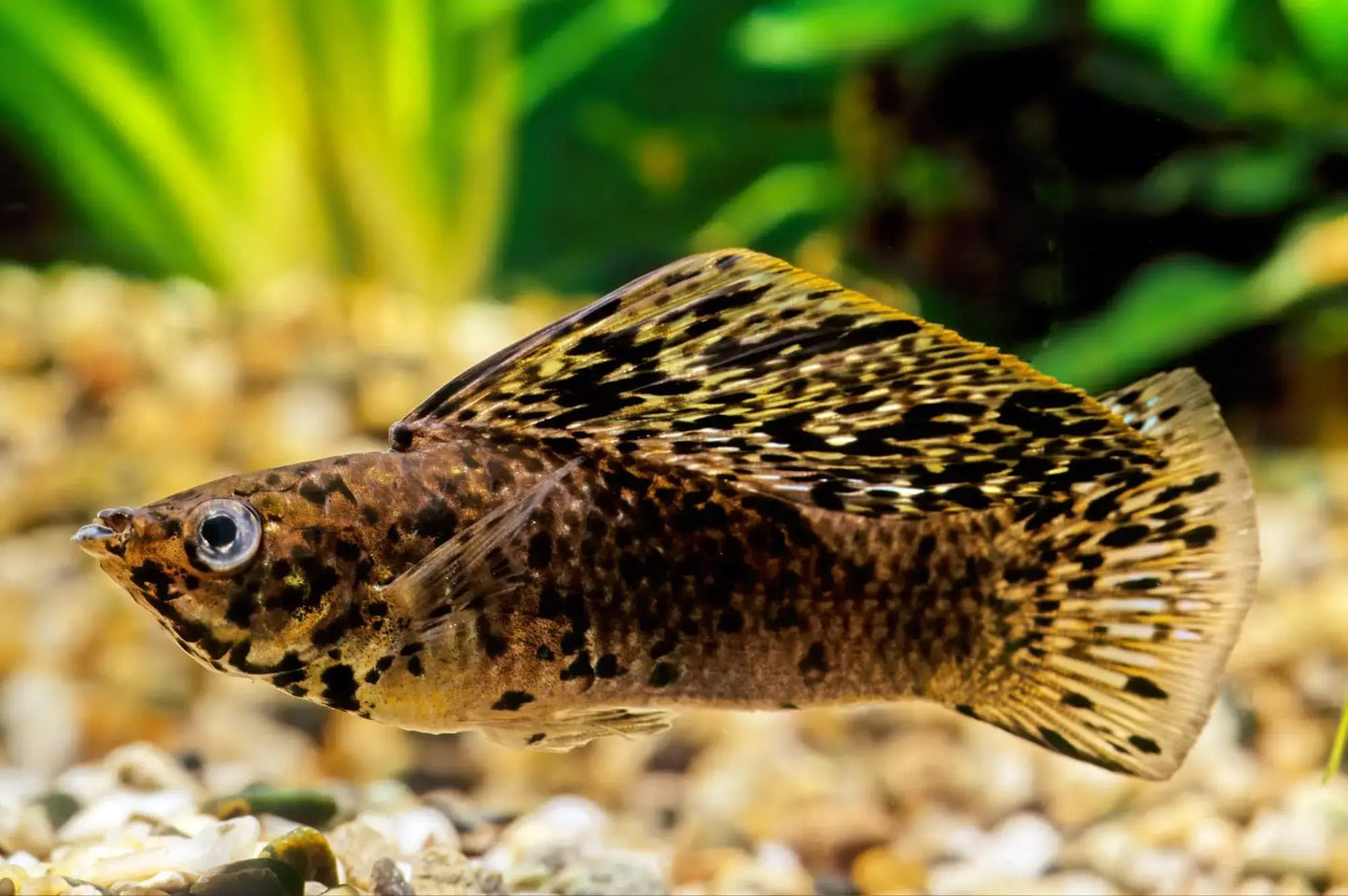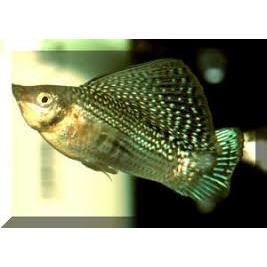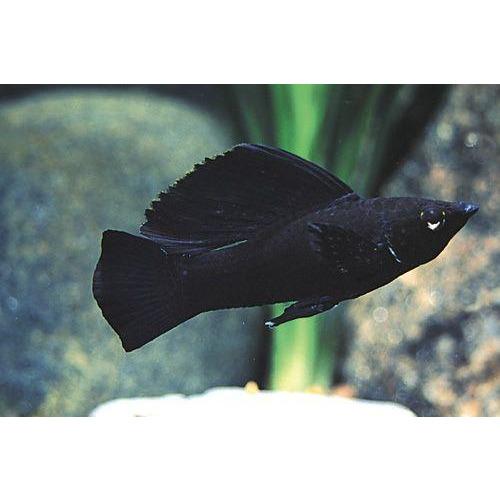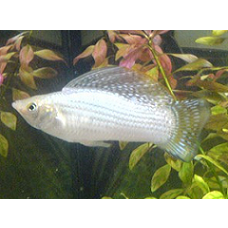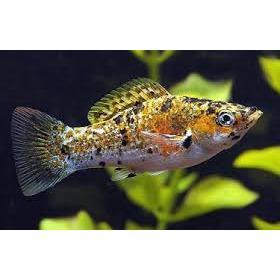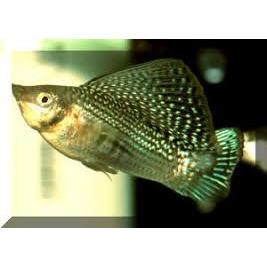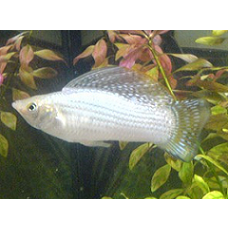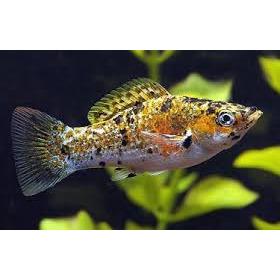Molly - Sailfin Assorted Colours
Molly - Sailfin Assorted Colours
Couldn't load pickup availability
Colours may vary from picture
Maximum Standard Length
Male 5″ (12.5cm). Female 4″ (11cm)
Aquarium Size
30″ x 15″ x 12″
Maintenance
A densely planted aquarium with some open space for swimming. It should be noted that these are highly vegetarian fish so any soft-leaved plants may be destroyed. Allowing some common green algae will provide additional food for the fish.
This species must be maintained in moderately hard or harder water, with a basic pH. When kept in soft or acidic water, the fish weakens fairly rapidly, frequently indicated by shimmying, fungus, and/or clamped fins. Salt is not necessary, as it is the “hard” minerals (calcium, magnesium) that are crucial to the long-term health of this species.
Water Conditions
Temperature: 70ºF to 79ºF (21-26°C)
pH: 7.0-8.5
Hardness: 15-35 dH
Diet
Wild fish are almost exclusively herbivorous, feeding on algae and other plant material. Today’s tank-bred fish are far-removed from their ancestors and will accept most foods offered but some vegetable matter such as blanched spinach or vegetable flake should be included in the diet. If insufficient greenstuff is provided male dorsal fin development may be impaired.
Behaviour and Compatibility
Generally suitable for a hard water community although may pick on smaller fish as it matures. Males can be aggressive to one another, particularly when spawning. Suggested tankmates include other livebearers, some catfish.
Sexual Dimorphism
Males possess a gonopodium and a large, long, sail-like dorsal fin.
Reproduction
Easy. It is recommended to maintain this species in trios of 2 females to a single male as males can be quite vigorous in their pursuit of mates. Reproduces in the usual livebearer fashion. Gestation is a little longer than in some species taking around 2 months, after which up to 50 young may be produced. These are relatively large and will accept brine shrimp nauplii, micoworm or powdered flake from birth. The breeding tank should be heavily planted if the fry are to survive predation by the parents and other fish. The best method is to remove gravid females to a separate tank until they give birth. Interestingly wild-type fish are much less likely to eat their offspring than the domestic forms.
Share
